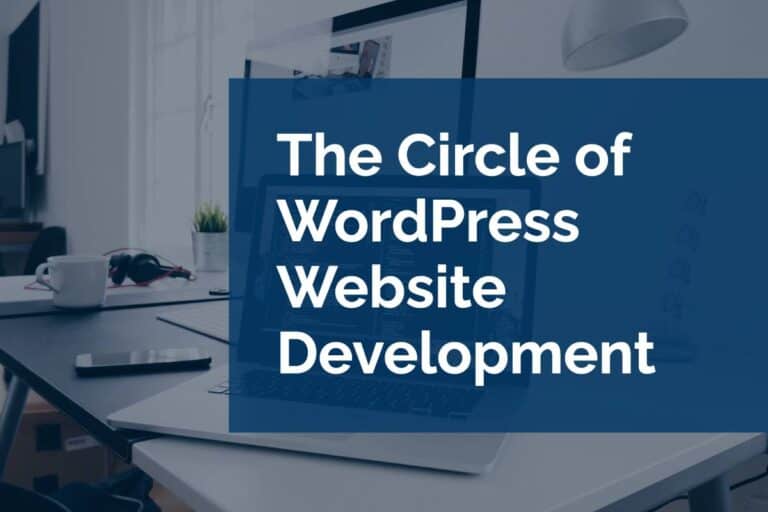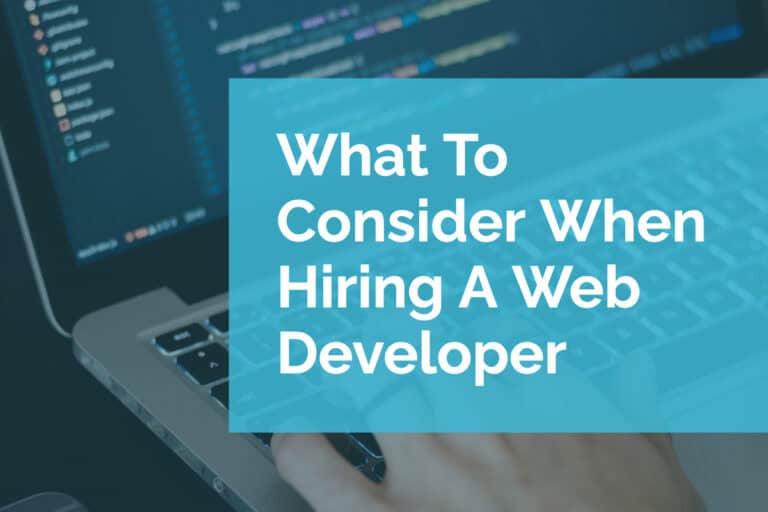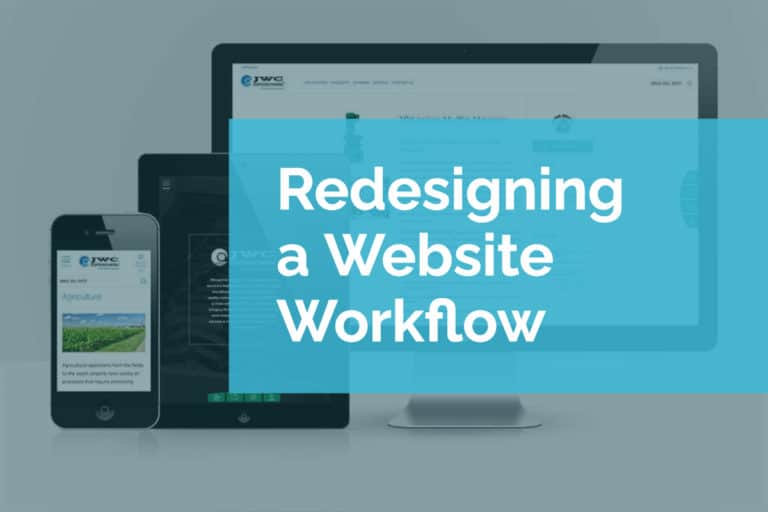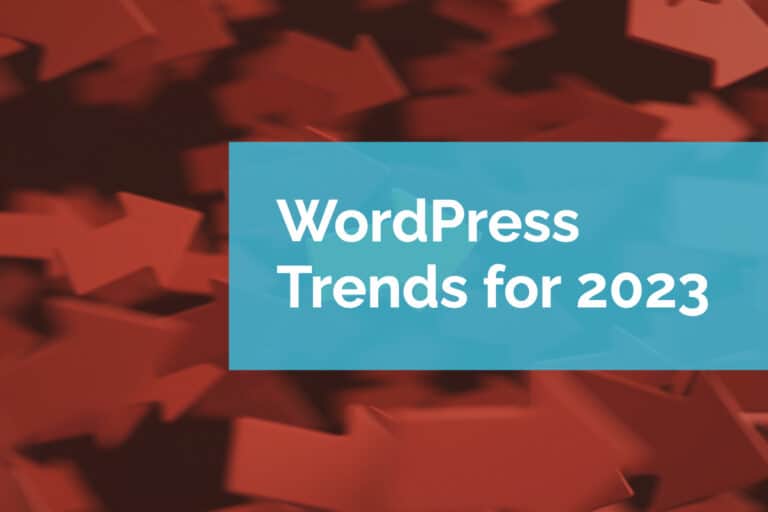Maintaining Your Website Can Save You Thousands
At Pixel Jar, we love working with our clients to build their websites from the ground up. There’s always a certain excitement involved with taking their vision and creating a custom WordPress solution that brings it to life.
It’s not just us, though. Our clients feel the same level of excitement that comes with the creative process. Everything is fresh, vibrant, and, most importantly, fully optimized.
What many don’t realize, however, is that the real work begins after launch. Or more accurately, the less exciting work begins. And that’s why we created PJ Update, our monthly website maintenance service.
What’s Involved With Maintaining Your Website?
Buying a pleasure boat is famously a great way to lose whatever wealth you’ve accumulated. This is because the boat itself is just the beginning. You also have to worry about associated taxes, the price of docking, the fancy clothes, insurance, and, above all, maintenance. Unsurprisingly, sitting in salt water for long periods of time isn’t the best conservation technique.
In many ways, websites are similar. They are of course entirely worth investing in – a website to a business owner is like a boat to a fisherman – but they require the same level of attention when it comes to maintenance to continue performing as they should.
The good news is that, if you are proactive in this, it is affordable. The bad news is that, if you aren’t proactive, it may end up costing you thousands of dollars.
So, what’s involved with maintaining your website?
Security and Backups
The security of your website is of paramount importance for your customers’ safety, your reputation, and ultimately your business.
According to a Gartner report, 88% of executives consider cybersecurity to be a direct threat to business. And the news isn’t much better for small business owners. Since WordPress powers a huge number of websites – a reported 43.3% – it is often the subject of attacks.
Worryingly, only 5% of small business owners say that they think cybersecurity is the biggest risk to their business. But the fact is the ramifications can be huge. In the US, 55% of those surveyed claim that they would stop doing business with a brand that had suffered a cyber attack. This means that, beyond the initial financial fallout from the incident, businesses could then lose over half of their client base.
How to Maintain Your Security
There are many ways to improve and maintain your security, but there two fundamental best practices that no website owner can afford to skip:
- Keeping WordPress Core, plugins, and themes up to date.
- Making regular backups.
Updates are essential to your website’s health and security, representing an easy point of entry for malicious actors if not kept up to date. This means that the longer you wait between updates, the more vulnerable you are. Often, the updates that you’ll see are because a security issue has been found and addressed.
If you do get attacked, however, the best way to limit the damage to your website is by having a recent backup available. In general, we recommend performing a backup of your website every week and storing the backup offline in an entirely separate location.
Other Security Best Practices
Regular updates and backups are fundamental steps to take, but they are far from the only ways to ensure the security of your website.
Other best practices include:
- Adding HTTPS and an SSL Certificate. This is a requirement and your hosting provider should already have this in place. If they don’t reach out to them as it’s very important!
- Performing regular security scans. Actively looking for threats should be done on a regular basis, using plugins such as WPScan or more.
- Checking your IP address status. Blacklist checkers are great tools to ensure your IP address hasn’t been put on an anti-spam list.
- Password best practices. Weak or reused passwords present a risk. Change them often and use a password manager to make life easier for yourself.
- Keep track of admin access and user privileges. Working with freelancers or other third parties? Make sure they have the access level necessary (and no more) and remove them as soon as possible.
- Choose your hosting provider wisely. The type of hosting provider you choose can impact your security.
Speed and Performance
A secure website protects your business – but a high-performing one enhances it. No matter where you look, the statistics show just how important speed and performance is for your business success.
In 2019, an Unbounce survey showed that almost 70% of consumers become less willing to buy from an online retailer if they have a slow page. But how fast is fast? While the numbers often change on this, if your website takes more than five seconds to load, you will see a large drop in your conversion rate. That doesn’t mean that four seconds is good, however. Conversion rate drops by 4.42% with every second’s delay and user satisfaction is lowered by 16%.
As a rule of thumb, you should aim to keep your time under three seconds – but the faster the better.
How to Increase Your Speed and Performance
There are a lot of factors that influence your site’s speed and performance. You could have too many plugins, bloated code, high-resolution images, etc.
An easy way to identify issues is by using speed and performance tools. Some good examples include:
- Google Pagespeed Insights. Provided by Google, this free tool runs a performance test and works for both desktop and mobile.
- Pingdom. With both free and professional plans, Pingdom tracks your website’s performance history and makes suggestions.
- YSlow. An alternative to the above, YSlow provides recommendations, statistics, and easy-to-understand reports.
Additional Performance Considerations
While tools are useful, they cannot be relied on entirely to ensure your website’s speed and performance. Other best practices include:
- Checking your hosting provider! Again, the quality of your hosting provider will have an impact on your website’s ongoing performance.
- Using a Content Delivery Network (CDN). The physical location of an end user can influence speed. By having a set of servers distributed across different locations, the time needed to process a request is lower.
- Image optimization. This is the easiest fix for slow-loading pages. By simply reducing the size of your images, you can increase the time it takes to display them.
- Audit your plugins. Regularly review your plugins to see which ones you aren’t using. By removing them, the website will run more quickly and it will strengthen your security too.
- Look for 404 errors. We’re all familiar with these errors. Not only are they annoying, but they can harm your SEO and reduce speed. Some plugins you can use to detect them include: Xenu’s Link Sleuth and 404 Redirected Plugin For WordPress.
Maintaining the speed and performance of your website is an involved process as every aspect of your platform plays a part. It could be that you need to minimize the number of JavaScript or CSS files, use website caching, or optimize your CMS database. Then again, it could be an issue with SEO, which also involves ongoing maintenance and updates to achieve the results you want.
We Can Help Maintain Your Website
At Pixel Jar, we provide maintenance services using PJ Update for our ongoing website development clients. For anyone interested in undertaking a new development project, our team provides a full end-to-end service from design to launch – and beyond. We provide our clients with expert maintenance services to ensure their websites are cost-effective, high-performing, and optimized for user experience.
Got a project in mind? Drop us a line and we’ll get back to you as soon as we can.






